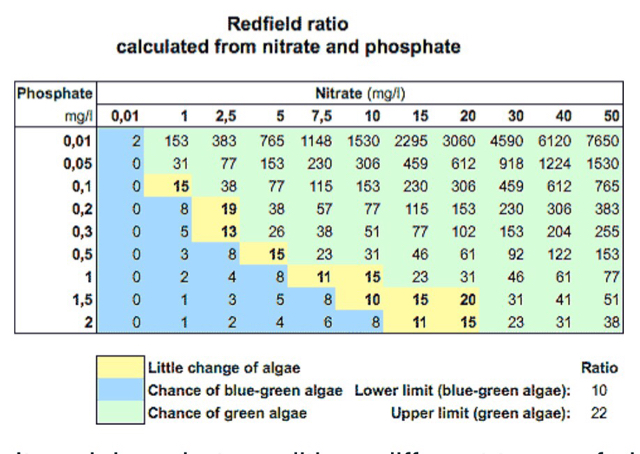This thread is great
I like this thread too.
I know I don't know what I'm doing and feel like most here are in the same boat. We experiment together, share our experiences, and try to figure it out what works, one post at a time.
Follow along with the video below to see how to install our site as a web app on your home screen.
Note: This feature may not be available in some browsers.
This thread is great
Tests are showing that using potassium nitrate is not significantly increasing potassium results per Triton.
@Russ265 thoughts?If this is true then that potentially rules out one of the possible reasons for burnt tips on my SPS:
1. Quick increase of K+ (potassium)
2. Quick drop in PO4
3. High KH
4. toxins leach into the system
I do not know what the potassium nitrate changed in the system but it has caused some issues. Could the potential drop in PO4 lead to the cyano outbreak and SPS tip recession?
I am already dosing products from the Aquaforest line with includes a bacteria source. I think there are probably four reasons for burnt tips on SPS:
1. Quick increase of K+ (potassium)
2. Quick drop in PO4
3. High KH
4. toxins leach into the system
My KH is in line 7.4dkh and I don't think there are any toxins. I think that dosing potassium nitrate has caused 1 or 2. Visually I can see PO4 has changed (less algae on glass and rock). I do not have a K test so I am not sure what that number may be.
Could the potential drop in PO4 lead to the cyano outbreak?
@Russ265 thoughts?
What kind of light do you run?
Do you run a reactor with activated carbon in there?
Yes it could be high ALK, what are your test results on ALK, CAL?
Lighting is led/t5 and I have a reactor with zeolites and activated carbon. My alk has not changed 7.4dkh and cal is 420. I tested last night and nitrate is 2.5 PO4 is harder to read maybe .02 to .04
Here is what I think happened. I have a very low bioload in the tank (copperband, clown, and goby). Add to that a strong skimmer and the zeolites with MarinePure, carbon/bacteria dosing and the nitrates bottomed out. I did have phosphates that I used GFO to control.
Once I started dosing nitrates I raised them up to 5ppm. I did that over the first day. I let them drop down to 2.5ppm and held them there. Over the first week I noticed that there was no film forming on the glass and any algae on rocks went away.
The second week is when I noticed the burnt tips on all SPS except three. Even my euphyllia would not expand. By the end of the week I had cyano on rocks and sand. I did loose one SPS frag.
I have not dosed any nitrates and they are holding at 2.5ppm. I still have cyano on rock and sand even after dosing Chemiclean. My best guess is the cyano and SPS tip burn might have been caused from a rapid drop in PO4.
That's possible, your Po4 dropped but your ALK is low so maybe...........
Did you do ever a PAR reading?
If you don't have a PAR meter you can still do it with a free LUX meter on you smartphone.
Galactica for iphone
lux light meter by crunchy byte box for android.
40,000 lux/51=784
Lux ÷ Constant = µmol·m2·sec par


7.4dkh is not considered low for ulns. Most ulns systems recommend alk to stay at 7 and not above 8. I have used LUX meter however it is hard to get a good reading as I keep tank blue. The led lighting is provided by 3 Kessil 360we with two let retro t5 (coral+). The tank is 48x24x24.
Just feel like the numbers aligned for cyano, burnt tips are another story. The best I can think of would be similar to adding GFO and dropping PO4 too quickly:



Thanks Randy for clarifying. I went back to find the original article where I saw the graph but I cannot find it. What I do know is that I now have cyano and it is getting on my SPS and they are not happy. Any advice that might help at this point with cyano or what may have caused the flesh to recede on my SPS tips?

Ok, please excuse me, I am not understanding the cyano issue. Been following this thread and still confused about the cyano outbreaks, what causes that?
